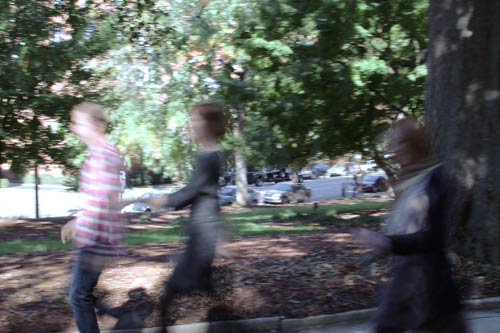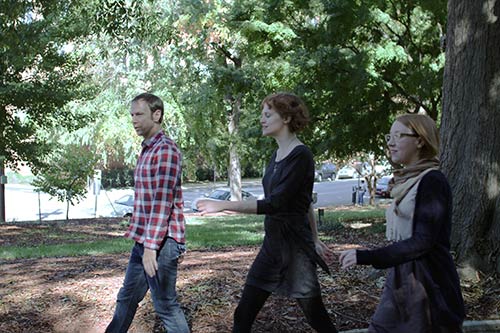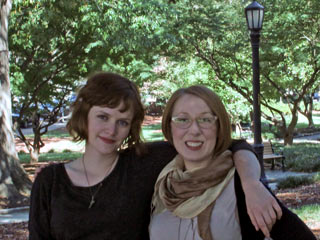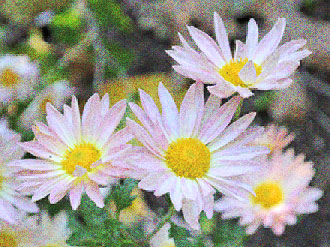Digital Photography
Getting to Know Your Camera
Shutter speed, aperture, and ISO
Earlier, we talked about the importance of getting the right exposure. The exposure is actually controlled by three settings: shutter speed, aperture, and ISO. These settings work together to allow you to take photos in many different lighting situations, from bright sunlight to a dimly lit room.
Generally, your camera will set these automatically whenever you take a photo. However, as you'll see later on you can actually control these settings by adjusting the light or selecting a specific mode on your camera.
DSLR cameras give you much more manual control over the exposure, which is one reason they are commonly used by professionals.
Shutter speed
The shutter speed is the amount of time the shutter stays open. A slower shutter speed (such as 1/4 second) allows the camera to gather more light, while a faster shutter speed (such as 1/2000 second) allows you to freeze the action and avoid blurry photos. If you are using a tripod, you can use much slower shutter speeds and still take sharp photos as long as your subject isn't moving.
In the images below, the left image was taken with a slow shutter speed, and the right image was taken with a fast shutter speed.
 Slow shutter speed
Slow shutter speed Fast shutter speed
Fast shutter speedAperture
Camera lenses have a circular "window" that controls the amount of light that can reach the sensor (much like your eye's pupil). The size of this window is called the aperture, f-number, or f-stop. The aperture and shutter speed work together to control how much light gets to the sensor. For example, with a wide aperture (such as f/1.4), your camera will use a faster shutter speed, while with a narrow aperture (such as f/16) your camera will use a slower shutter speed.
The aperture also has an interesting effect on how the light is focused. With a larger aperture, the background will blur, while the subject stays in focus. This is known as shallow depth of field. We'll talk more about depth of field on the next page.
In the images below, the left image was taken with a wide aperture, which causes the background to blur (shallow depth of field). The right image was taken with a narrow aperture, so the background stays in focus (deep depth of field).
 Wide aperture
Wide aperture Narrow aperture
Narrow apertureISO
Digital cameras can adjust the sensitivity of the sensor, and this is known as the ISO number. For example, ISO 100 is a lower sensitivity, so it requires more light to create a good exposure. This generally means your camera will use a slower shutter speed and/or a wider aperture to gather more light. ISO 3200 is a higher sensitivity, so it can create a good exposure with less light. However, higher ISO numbers also add more image noise, which may make your photo too grainy.
In the images below, the left image was taken with a low ISO number, and the right image was taken with a high ISO number. The image on the right has lower quality and more image noise due to the high ISO number.
 Low ISO number
Low ISO number High ISO number
High ISO numberIf you want to see how different shutter speeds, apertures, and ISO numbers affect your photos, you can try the SLR Camera Simulator.






